I have been tasked to gather data from an old running 335kHz 5kW induction heater system. It has no outputs available to give amperage, power etc. Basically there is an assumption that the unit is not doing a good job of controlling a constant power output. Given a constant power set point.
I was thinking about trying to measure the RF field generated by the unit to determine how consistent it is. Although most power meters for RF are for >1MHz... So I was considering using an AM radio front end design to receive and rectify the RF across a resistor, then log the analog voltage. The image below is a basic idea, obviously I would recalculate L,C to be resonant.
This question is also giving a solution similar... Measuring relative rf signal strength
I don't care about absolute accuracy, just relative. I can mount an antenna on a PTFE plate that will not move, so that controls device distance etc. Any feedback or alternative options?

